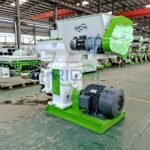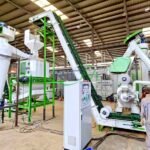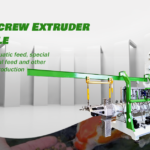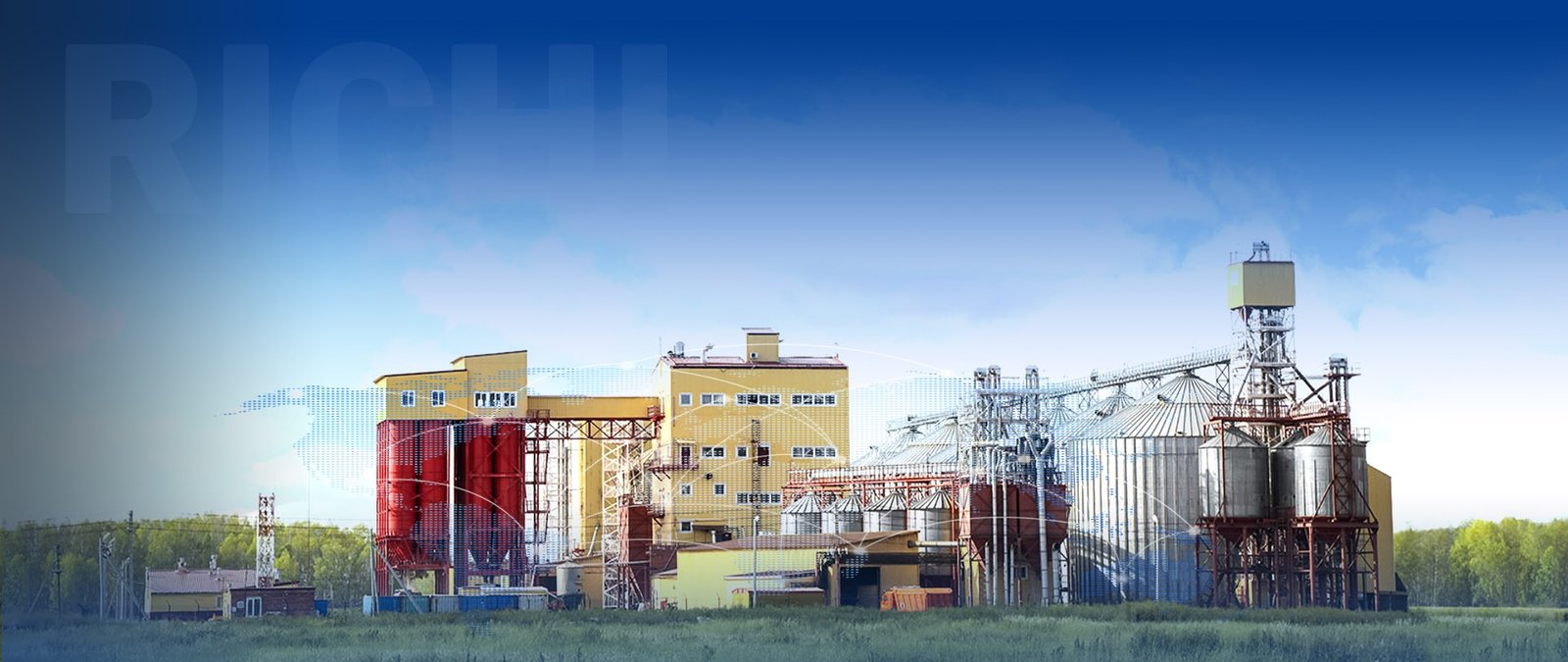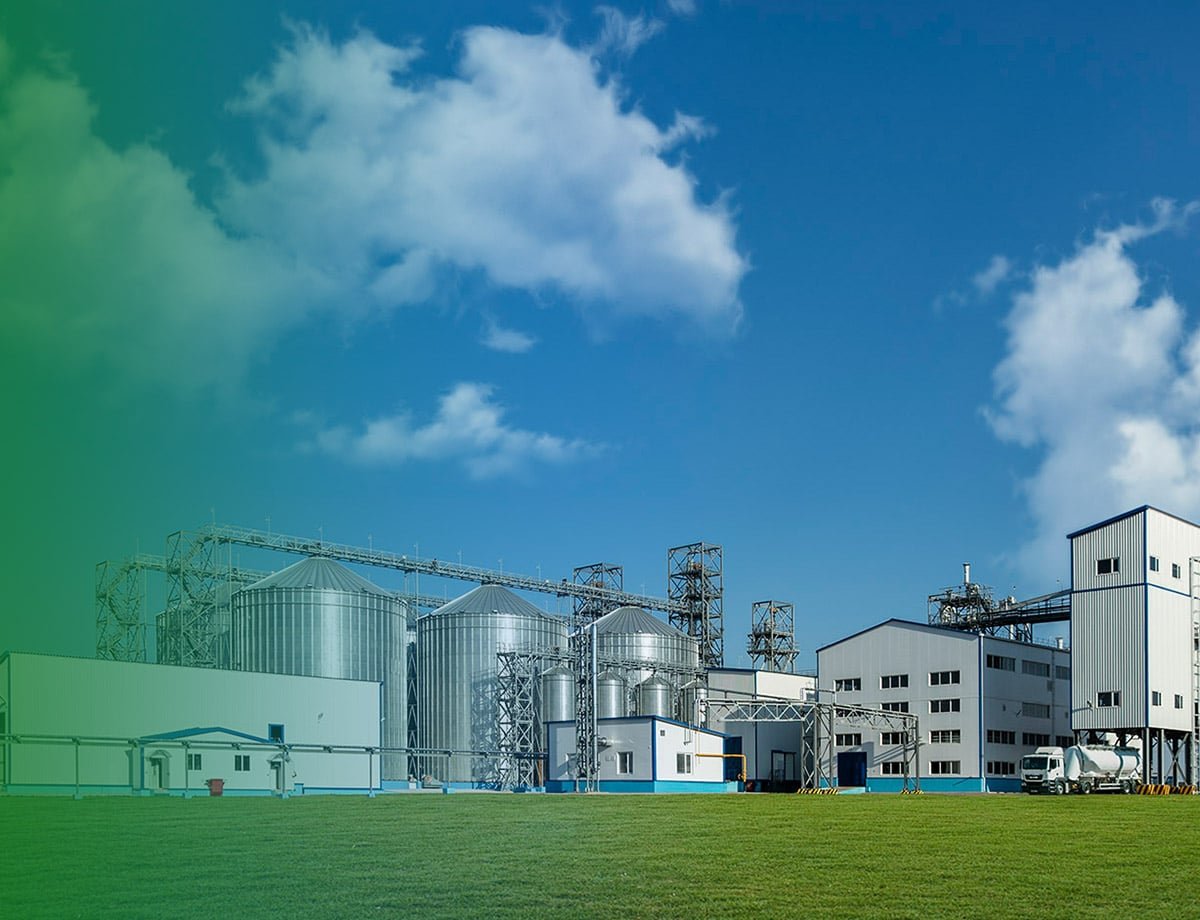Establishing a feed mill factory in Kazakhstan is a promising venture, given the country’s growing agricultural sector and efforts to attract foreign investment. However, navigating the regulatory landscape requires a comprehensive understanding of the relevant laws, procedures, and compliance requirements. Here’s an in-depth guide to the key regulations and steps involved in setting up a feed mill factory in Kazakhstan.
Regulatory Framework
Kazakhstan has a structured regulatory framework to ensure that businesses operate within legal boundaries and adhere to environmental, safety, and quality standards. The main regulatory areas include:
Environmental Regulations
- Environmental Code of the Republic of Kazakhstan: This code outlines the responsibilities of businesses to minimize environmental impact. Compliance with air emission standards, waste management, and dust control measures are essential.
- Regulations on Environmental Impact Assessment (EIA): An EIA must be conducted and approved before starting construction or operations.
Construction and Safety Standards
- Law on Architectural, Urban Planning, and Construction Activities: This law governs the planning and construction of industrial facilities. Approval from local authorities is required for construction plans.
- Technical Regulation on Safety of Buildings and Structures: Ensures that the construction of the feed mill meets safety standards, including structural integrity and fire safety.
Food and Feed Safety Regulations
- Law on Food Safety: This law regulates the safety of food and feed products, including the use of additives and compliance with hygiene standards.
- Veterinary Regulations: These pertain to the production of animal feed, ensuring that feed meets safety and nutritional standards.
Labor Laws
- Labor Code of the Republic of Kazakhstan: Governs employment practices, including worker safety, wages, and working conditions. Compliance with labor laws is mandatory for all businesses.
Business Registration and Operation
- Entrepreneurial Code of the Republic of Kazakhstan: Outlines the legal framework for establishing and operating a business, including registration and licensing requirements.
- Tax Code of the Republic of Kazakhstan: Provides guidelines on taxation, including corporate taxes, VAT, and other relevant taxes.
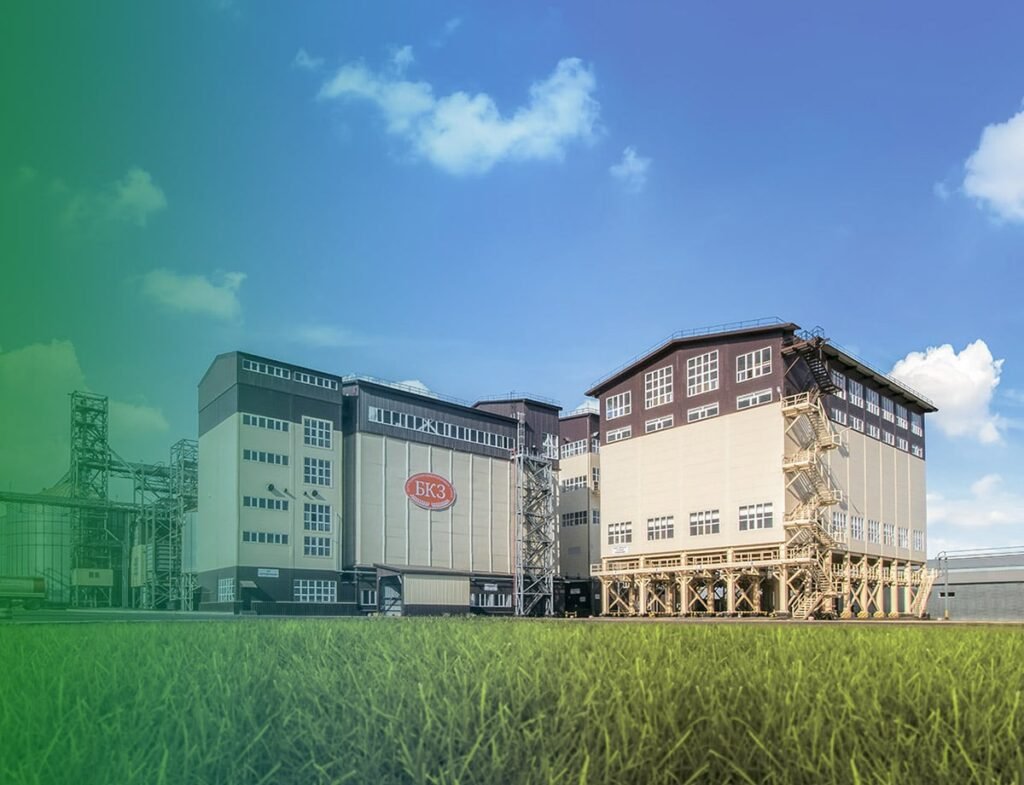
Key Procedures and Steps
1. Business Registration
- Register the Company: Begin by registering the business with the Ministry of Justice. Obtain a Business Identification Number (BIN), which is essential for all legal transactions.
- Tax Registration: Register the company for tax purposes, ensuring compliance with Kazakhstan’s tax laws.
2. Land Acquisition and Zoning
- Identify Suitable Land: Choose a location zoned for industrial use. Ensure that the site is suitable for the construction and operation of a feed mill.
- Obtain Permits: Secure the necessary land use permits from local authorities.
3. Environmental Impact Assessment (EIA)
- Conduct EIA: An EIA is required to assess the environmental impact of the project. The report must be submitted to the Ministry of Ecology, Geology, and Natural Resources.
- Obtain Approval: Approval from the relevant authorities is required before construction can commence.
4. Construction Permits
- Develop Construction Plans: Create detailed construction plans, including architectural designs, structural plans, and safety measures.
- Submit for Approval: Submit the plans to local authorities for review and approval.
- Obtain Permits: Secure construction permits, ensuring that all building regulations are met.
5. Feed Production Licensing
- Apply for a License: Obtain a license to produce animal feed from the Ministry of Agriculture. The application will require proof of compliance with safety and quality control standards.
- Quality Control: Implement systems like HACCP (Hazard Analysis and Critical Control Points) to ensure feed safety and quality.
6. Equipment Import and Customs Clearance
- Comply with Customs Regulations: Adhere to customs regulations for importing feed mill equipment, including payment of duties and taxes.
- Ensure Proper Documentation: Maintain accurate records of all imported equipment for inspection and compliance purposes. (Related post:15-20 T/H Feed Processing Plant in Argentina)
7. Utility Connections
- Arrange Utility Connections: Secure connections for electricity, water, and gas. Permits may be required for these installations.
- Ensure Reliability: Given potential challenges with infrastructure, consider backup options for utilities.
8. Labor and Safety Compliance
- Register with Labor Authorities: Register the business with local labor inspection authorities.
- Implement Safety Measures: Comply with occupational health and safety laws, ensuring a safe working environment.
9. Quality Control and Certification
- Quality Control Systems: Implement robust quality control systems to ensure that feed products meet both local and international standards.
- Obtain Certifications: Secure necessary certifications for feed production, such as ISO or HACCP, to enhance market credibility.
Specific Regulatory Considerations
Environmental Compliance
- Air Emission Studies: Conduct studies to assess and control emissions from the feed mill.
- Waste Management Plan: Develop a plan for managing waste, including disposal and recycling.
Food and Feed Safety
- Compliance with TR TS 021/2011: Ensure that feed production meets the Technical Regulation of the Customs Union “On Food Safety.”
- Labeling: Follow local regulations on feed labeling, including ingredient lists and nutritional information.
Foreign Investment Regulations
- Ownership Restrictions: Be aware of any restrictions on foreign ownership in the agricultural sector.
- Profit Repatriation: Understand the regulations on repatriation of profits to avoid legal complications.
Local Content Requirements
- Raw Materials: Consider any local content requirements that may necessitate sourcing raw materials from within Kazakhstan.
- Workforce: Employ local workers as required by Kazakh labor laws.
Challenges and Considerations
Language Barrier
- Documentation: Most regulatory documents are in Kazakh or Russian. Hiring local consultants or translators can help navigate this challenge.
Bureaucracy
- Administrative Processes: Be prepared for potentially lengthy and complex administrative procedures. Building relationships with local authorities can help expedite the process.
Regional Variations
- Regulatory Differences: Regulations and enforcement may vary by region. Research specific requirements for your chosen location.
Changing Regulatory Environment
- Stay Updated: The regulatory environment in Kazakhstan is evolving. Staying informed about changes and adapting accordingly will be crucial for long-term success.
Steps to Ensure Compliance
- Conduct a Comprehensive Regulatory Review: Engage legal experts to review all relevant regulations and identify potential compliance gaps.
- Develop a Compliance Strategy: Create a detailed plan for meeting all regulatory requirements, assigning responsibilities to team members.
- Engage with Local Authorities: Establish strong communication with government agencies to clarify regulations and streamline approval processes.
- Implement Robust Record-Keeping: Maintain detailed records of all compliance activities, permits, and licenses.
- Train Staff on Regulatory Requirements: Ensure that all employees understand and follow relevant regulations, with ongoing training as needed.
- Regular Audits and Reviews: Conduct internal audits to ensure ongoing compliance and stay updated on regulatory changes.
Potential Benefits of Compliance
- Smooth Operation: Compliance minimizes the risk of delays, fines, and operational disruptions.
- Market Access: Meeting local and international standards enhances market opportunities, including potential exports.
- Risk Mitigation: Reducing the risk of legal issues protects the company’s investment and reputation.
- Community Relations: Demonstrating a commitment to local laws and environmental protection fosters positive relations with the community.
Conclusion
Building a feed mill factory in Kazakhstan is a complex process that requires careful planning, thorough research, and strict adherence to local regulations. The potential rewards are significant, particularly in supporting Kazakhstan’s agricultural development and food security goals. By following the outlined procedures and staying abreast of regulatory requirements, investors can establish a compliant, efficient, and successful feed mill operation in Kazakhstan.


